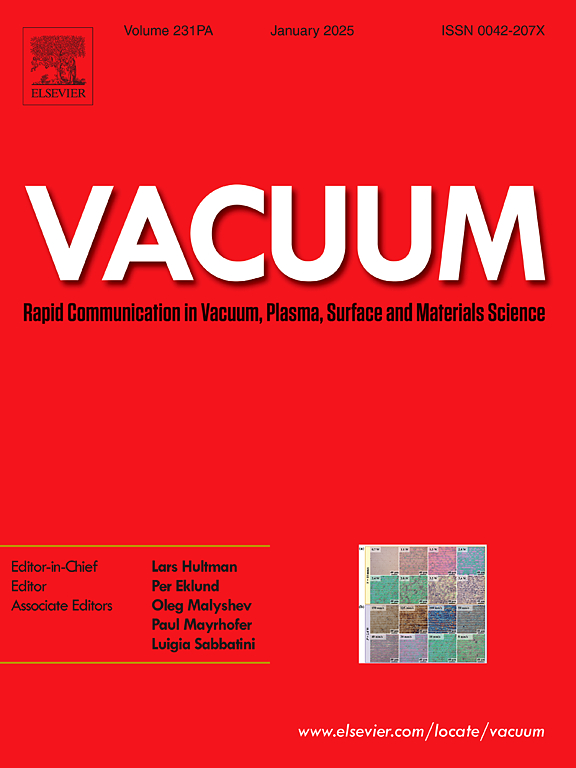Evolution of microscopic contact surface condition in VCB during closing operations after inrush current erosion
IF 3.9
2区 材料科学
Q2 MATERIALS SCIENCE, MULTIDISCIPLINARY
引用次数: 0
Abstract
Vacuum circuit breakers (VCBs) show significant prestrike gap dispersion under high-frequency inrush current, largely influenced by microscopic contact surface condition. However, existing studies offer only basic measurements, lacking quantitative analysis of surface evolution during closing. This paper uses a DC dynamic gap measurement method to evaluate the evolution of microscopic contact surface condition in vacuum interrupters (VIs) following inrush current erosion. Through this approach, the quantitative relationship governing contact surface evolution and prestrike gap dispersion is established. The surface condition is characterized by the field enhancement factor β, and a clear correlation between β and the prestrike gap is identified. Results demonstrate that the combined effects of mechanical contact collisions and thermal influence from field emission current contribute significantly to the observed prestrike gap dispersion.
冲击流侵蚀后真空断路器闭合过程中微观接触面状态的演变
真空断路器在高频涌流作用下表现出明显的击前间隙色散,这在很大程度上受微观接触面条件的影响。然而,现有的研究只提供了基本的测量,缺乏对关闭过程中地表演化的定量分析。本文采用直流动态间隙测量方法,对真空灭流器在浪涌电流侵蚀作用下微观接触面状态的演变进行了研究。通过该方法,建立了接触面演化与击前间隙弥散的定量关系。用场增强因子β来表征表面状况,β与预走缝之间存在明显的相关性。结果表明,机械接触碰撞和场发射电流的热影响对观测到的击前间隙色散有显著影响。
本文章由计算机程序翻译,如有差异,请以英文原文为准。
求助全文
约1分钟内获得全文
求助全文
来源期刊

Vacuum
工程技术-材料科学:综合
CiteScore
6.80
自引率
17.50%
发文量
0
审稿时长
34 days
期刊介绍:
Vacuum is an international rapid publications journal with a focus on short communication. All papers are peer-reviewed, with the review process for short communication geared towards very fast turnaround times. The journal also published full research papers, thematic issues and selected papers from leading conferences.
A report in Vacuum should represent a major advance in an area that involves a controlled environment at pressures of one atmosphere or below.
The scope of the journal includes:
1. Vacuum; original developments in vacuum pumping and instrumentation, vacuum measurement, vacuum gas dynamics, gas-surface interactions, surface treatment for UHV applications and low outgassing, vacuum melting, sintering, and vacuum metrology. Technology and solutions for large-scale facilities (e.g., particle accelerators and fusion devices). New instrumentation ( e.g., detectors and electron microscopes).
2. Plasma science; advances in PVD, CVD, plasma-assisted CVD, ion sources, deposition processes and analysis.
3. Surface science; surface engineering, surface chemistry, surface analysis, crystal growth, ion-surface interactions and etching, nanometer-scale processing, surface modification.
4. Materials science; novel functional or structural materials. Metals, ceramics, and polymers. Experiments, simulations, and modelling for understanding structure-property relationships. Thin films and coatings. Nanostructures and ion implantation.
 求助内容:
求助内容: 应助结果提醒方式:
应助结果提醒方式:


